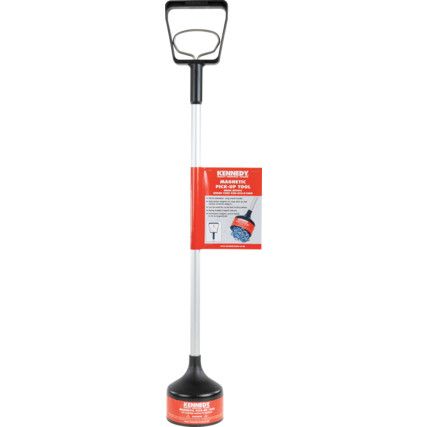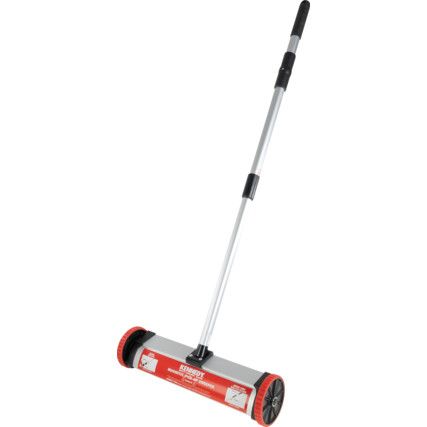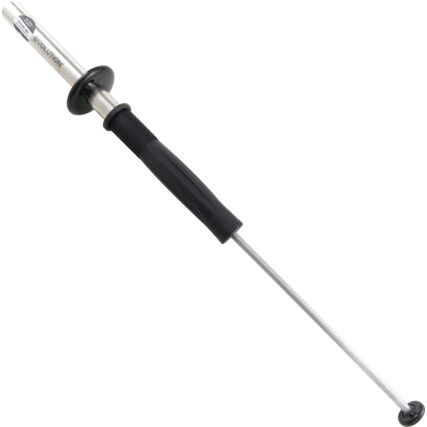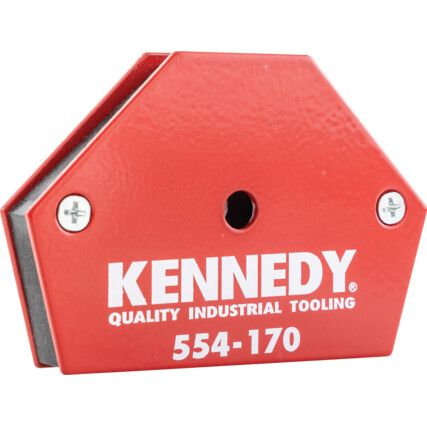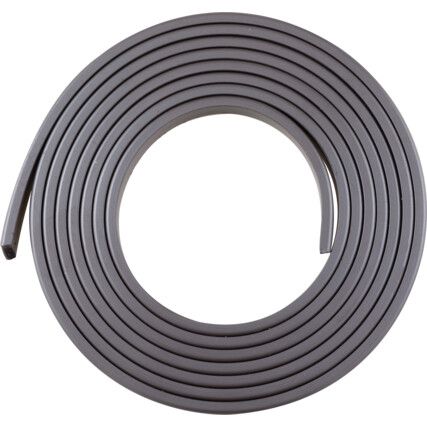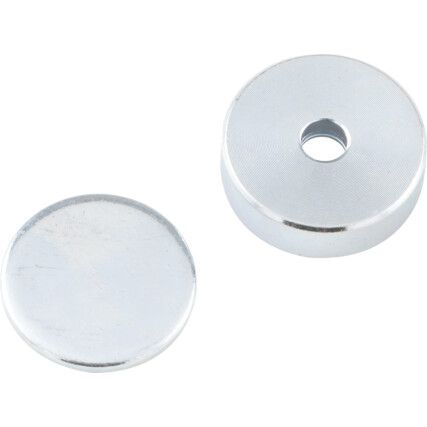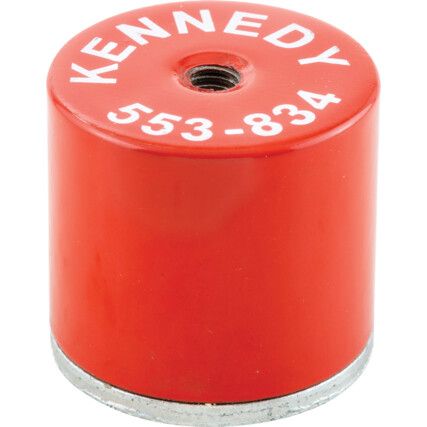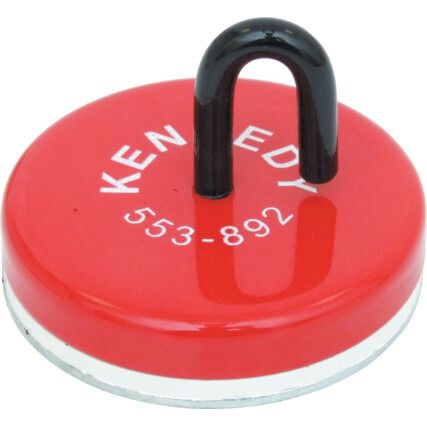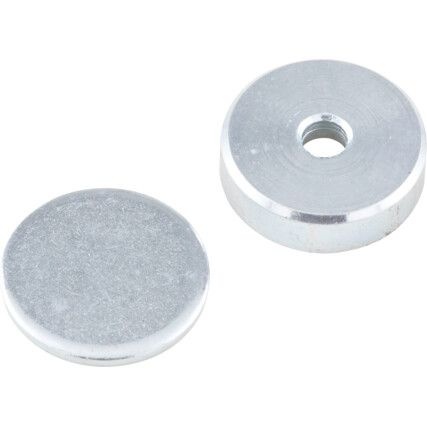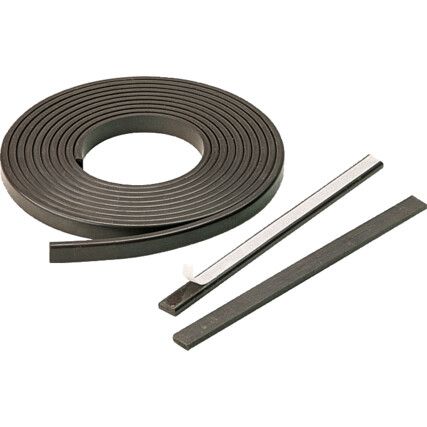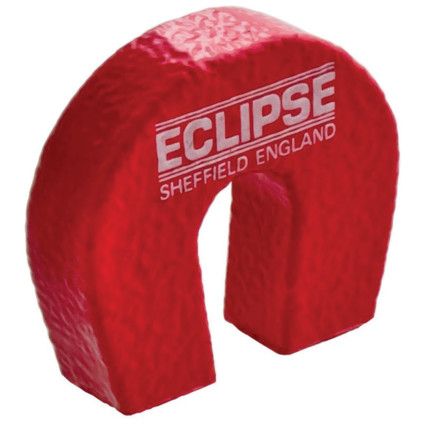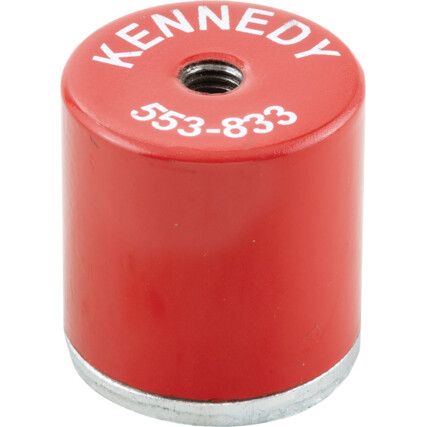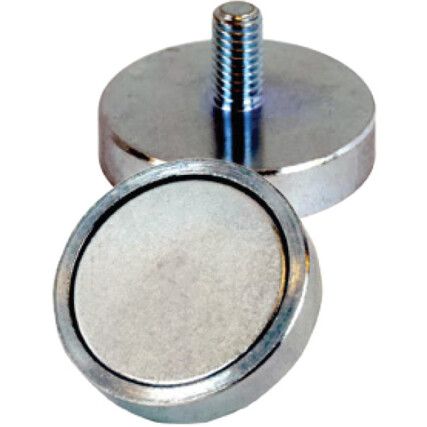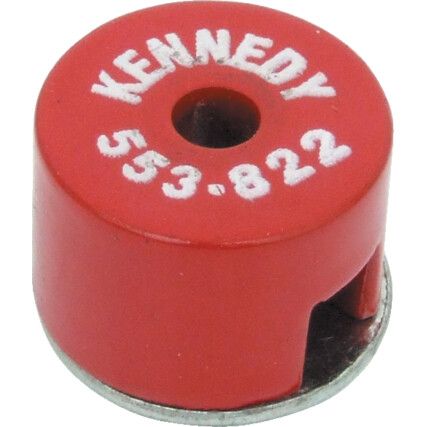Magnets
Browse our range of magnets online now at Cromwell. We stock a wide range of magnets in various forms including magnetic strips, shallow hold magnets, deep pot magnets and more. Choose from a wide classification of pull force, from 0.3 kilograms to 170 kilograms and get just what you need for the job. We stock quality products from market-leading brands, like Eclipse Magnetics®, Evolution Power Tools® and our own brand, Kennedy®.
What are magnets?
Any object that produces its own magnetic field and can connect with other magnetic fields is classed as a magnet. Every magnet has a North and South pole located at each end where the pole is strongest. Opposite poles will attract one another, while the same poles repel, and this property can be utilised to make handy tools and accessories, including pick-up tools, magnetic clamps, magnetic strips for storage and more.
Why buy magnets?
Magnets have many uses in the industrial sector and are made in a wide range of sizes and pull-force to suit a variety of applications. Woodworkers often make their own jigs and safety fences utilising packs of magnets, while temporary clamping or hooking systems made with magnets are extremely handy in some tooling jobs.
Magnet types
The magnets that are sold for use in the applications discussed above are permanent magnets, which won't lose their magnetic properties. These tend to be made in set shapes to suit different requirements, for example button magnets are used to grip, while deep pot magnets can be used as components in doorstops or as a strong hanging system.
• Alcomax - A composition of iron alloy, aluminium, nickel, cobalt and copper, this type of magnet is the strong and permanent kind.
• Alnico - A similar composition to Alcomax, but with titanium and niobium added to the mix to create a strong and permanent magnet. Alcomax and alnico magnets are so similar in their composition that they're generally grouped under one type.
• Ceramic / Ferrite - Known as ferrite or ceramic magnets, this type is a permanent magnet made with ferrite, a chemical compound which includes iron oxide and elements of ceramic materials.
• Neodymium Iron Boron (NIB) - One of the most popular magnets due to its strength, neodymium is a permanent type of rare-earth magnet composed of neodymium alloy, iron, and boron.
• Samarium Cobalt (SmCo) - Made from an alloy of cobalt and samarium, these magnets also contain copper, zirconium, hafnium, iron, and praseodymium in small amounts.
Considerations when choosing magnets
• Shape - if you need your magnet to fit into a particular space, then ensure you choose the correct measurements and shape as any alterations made to a magnet will alter its magnetic properties.
• Holding force - the strongest magnets on the market are neodymium, while others such as samarium cobalt have a greater resistance to heat.
• Demagnetising resistance - pay attention to the attributes of your chosen magnet since high heat and damage can all affect the magnetic properties of a magnet.
• Environment - if the magnet is to be used permanently outside then a ensure it has a suitable casing or coating to protect it against corrosion.
Magnet jargon buster
There are plenty of different terms out there when shopping for magnets, so we've pulled together a few definitions to help you make your best purchase:
• Curie temperature - this is the maximum temperature at which a magnet will lose its magnetic field.
• Flux - this is another word often used to describe a magnetic field.
• Magnetic field - this describes the area around a magnet where a magnetic force is present.
• Maximum operating temperature - this describes the maximum temperature a magnet can withstand before becoming unstable.
• Reach - this is the distance from the magnet where a magnetic force will become affective over a ferromagnetic material.
• Ferromagnetic material - a material that is attracted to a magnetic force.
FAQs
What coverings can a magnet have?
Magnets are often manufactured with a casing to protect them against corrosion and to keep them in place. Casings are available in a wide range of materials and are applied according to the application of the magnets. A steel casing is applied to protect against bumps and abrasions, while aluminium contains the magnetic field to the required area of the magnet as well as protecting it from corrosion.
Plastic and rubber casings both protect the magnet from damage, while rubber also acts to increase the surface friction of a magnet, which allows it to hold larger objects.
What's the difference between permanent magnets and electromagnets?
An electromagnet is created from an iron core wrapped with a wire coil, which, once exposed to an electric current, generates a magnetic field that can be controlled using the current. Permanent magnets in comparison, generate their own magnetic field which can last forever.
